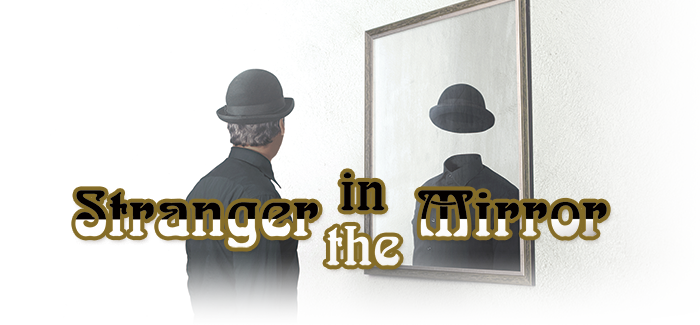

On a bright November day in 1959, a bald, black-skinned man stepped onto a sidewalk shoeshine stand in New Orleans. The shoe shiner, a grey-haired African-American, had almost finished shining the shoes when the hulking man asked,
“Is there something familiar about these shoes?”
“Yeah—I been shining some for a white man—”
“A fellow named Griffin?”
“Yeah. Do you know him?”
“I am him.”
This year marks the 61st anniversary of the publication of John Howard Griffin’s Black Like Me, a piercing account of the author’s experiences and observations when he disguised himself as an itinerant black man in the Deep South of the United States.
Born in Dallas, Texas in 1920, Griffin grew up in a society where to some the separation of races seemed as natural as day and night. At the age of 15, he went to France to pursue further education. When World War II broke out, he joined the French Resistance to help smuggle Jewish children to safety. The persecution of Jews during the war made him aware of the dire consequences of racism. And living sightless for ten years due to a war injury left him more attuned to the plight of marginalised groups. On the first page of Black Like Me, Griffin asked himself, “What is it like to experience discrimination based on skin colour, something over which one has no control?” He decided that the only way he could reach an answer was to become a black man.
To darken his skin, Griffin took medication used by patients with vitiligo, spent long hours under an ultraviolet lamp and applied skin dyes. On the night of 7 November 1959, Griffin shaved his straight hair, adding the final touch to his transformation into a black man. He looked into the mirror and was overwhelmed: “In the flood of light against white tile, the face and shoulders of a stranger—a fierce, bald, very dark Negro—glared at me from the glass. He in no way resembled me…I was imprisoned in the flesh of an utter stranger, an unsympathetic one with whom I felt no kinship.” Momentarily repulsed by his new black self in the mirror, Griffin faced his own unconscious prejudice reflected back at him.
Struck by how deeply his conventional Southern upbringing was ingrained in him, Griffin embarked on a revealing journey—one that would leave him shaken by how much his beloved cities turned strange and inhospitable. With darker skin, he was denied the basic necessities of life. The restaurants at which he had dined just a week or so before were no longer open to him. He found that he had to walk miles to use the restroom with a “Colored” sign or get a glass of water at a café that served black people. Shops refused to cash his traveller’s cheques. He was unable to get a job commensurate with his educational qualifications and was told by a foreman that the only jobs he could get were the ones no white man would have. It became clear to him that racism and prejudice were not limited to overt displays of hatred, such as physical violence or hate stares. In its subtler forms, racism manifested itself in the polite request from a middle-aged white man who asked Griffin not to occupy the park bench, and in the condescending attitude of a well-dressed white man from New York who offered to buy all of an elderly black vendor’s turkeys.
Viktor Frankl, an Austrian Jewish psychiatrist and Holocaust survivor whom Griffin had long admired and met in 1977, proclaimed: “There are two races of men in this world, but only these two—the ‘race’ of the decent man and the ‘race’ of the indecent man.” While Griffin was horrified at the fact that some whites could be consumed with irrational hatred, he found the human capacity for love and kindness in both races, including a white editor who risked economic ruin to openly criticise white supremacy, and an elderly black preacher who believed that whites should be loved and forgiven as they were also children of God.
Almost six weeks into the experiment, the emotionally spent journalist finally ended the project and returned home. When his story became widely known, he found himself the target of intimidation and reprisals. His parents received threats on his life, and an effigy of him was hung in his home town. Eventually, Griffin and his family went into exile in Mexico, where he rewrote notes taken during the experiment in the form of journal entries. Black Like Me was published in 1961 to wide acclaim and has become a modern American classic. A few weeks of living as a black man could never be enough to plumb the depths of the black experience, but the book raises the white audience’s awareness of the indignities and injustice suffered by blacks in segregated America.
Much has changed since Griffin crossed the colour line and began his nightmarish odyssey through the segregated South. Yet no society can claim to be completely free of racism. Like Griffin, we all probably hold prejudice of one kind or another somewhere deep within us. To keep them in check, it is always advisable to bear in mind the first article of the UNESCO Declaration on Race and Racial Prejudice: “All human beings belong to a single species and are descended from a common stock. They are born equal in dignity and rights and all form an integral part of humanity.” Skin colour, after all, is only skin deep.












